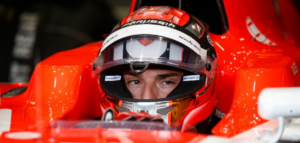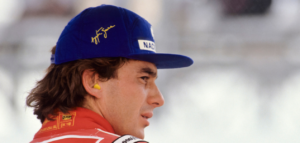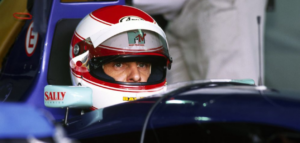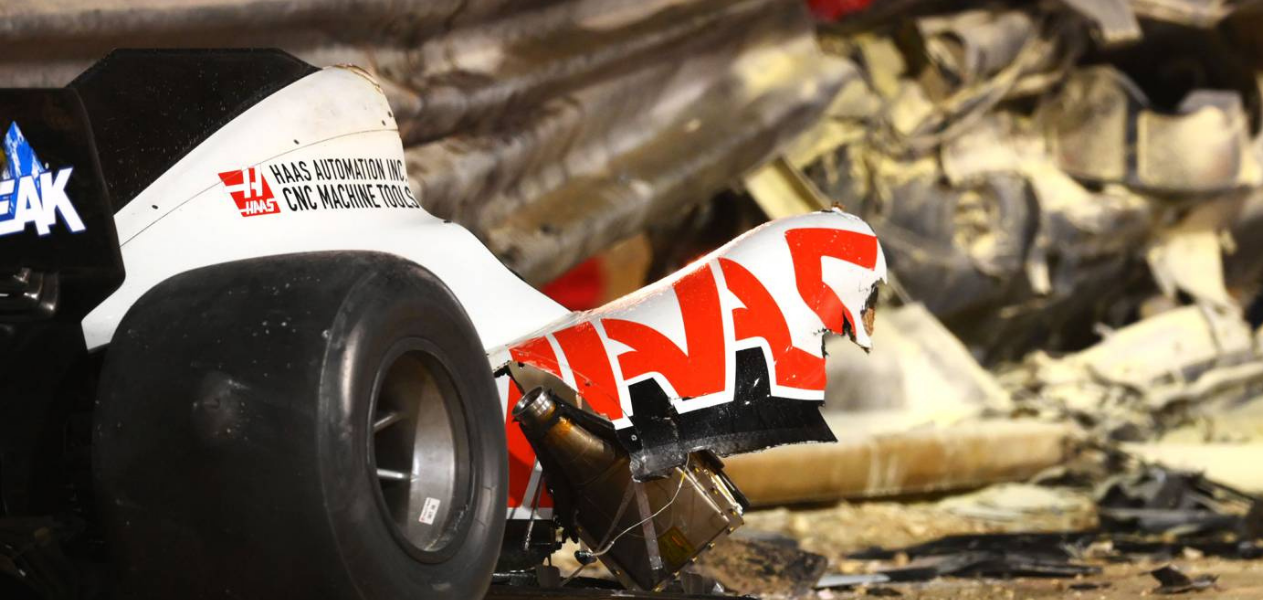Formula One: Speed Merchants and their tryst with tragedies
It looked like a scene straight out of an action movie except it was unscripted reality. As the 2020 Bahrain Grand prix flagged off a Hass car pierced into a barrier on turn three of the opening lap of the race. To everyone’s horror the car split into two and burst into a fireball with the driver, Romain Grosjean, left trapped in one half of the burning vehicle engulfed in flames.
As flames danced on the dessert horizon, Grosjean was stuck inside a raging furnace for about half a minute before the Frenchman managed to jump out of the inferno like an action hero. The relief on the faces of everyone watching from the paddock seeing Grosjean alive and kicking was palpable.
A few hours later a smiling Grosjean, who miraculously suffered only minor burns on his hands and ankles, said “Just wanted to say I am OK. Thank you very much for all the messages.”
The incident is a brutal reminder of the fact that as long as there is motor racing, the shadow of death will loom large.
It’s truly a miracle Grosjean walked out of the crash relatively unhurt. But several other drivers have not been as lucky as the Frenchman. A whopping 52 drivers have died from incidents that occurred at a FIA World Championship event or while driving a Formula One car at another event and umpteen others have been left severely injured.

The most recent one was the tragic loss Jules Bianchi, who was fatally injured during the 2014 Japanese Grand Prix. The 25-year-old’s car had slid off the wet pavement and crashed into a recovery vehicle. He was in a coma for nine months due to a diffuse axonal injury he suffered before breathing his last in July 2015.
Seven years before Bianchi’s death, Felipe Massa was part of a freak accident that fractured his skull during the qualifying of the 2009 Hungarian Grand Prix. The Brazilian was knocked unconscious when a spring, which had detached from the rear of another car, struck him on the head, despite being protected by the driver’s helmet, as he reached 286kmph on one of the fastest sections of the track. He subsequently crashed head-on into a tyre barrier. Although his injuries were initially thought to be life-threatening, thankfully, the crash wasn’t fatal and Massa went on to take part in several races in the future.
In 1976, World Champion Niki Lauda was also involved in an horrific accident. His Ferrari swerved off the track, hit an embankment, burst into flames, and made contact with another car. The Austrian was trapped in the wreckage and suffered severe burns to his head and inhaled hot toxic gases that damaged his lungs and blood. He lost most of his right ear as well as the hair on the right side of his head, his eyebrows, and his eyelids. After a limited reconstructive surgery, the veteran driver went on to win the World Championship next year and then again in 1984.

But, perhaps, the most talked about F1 fatality is of the legendary Brazilian driver Aryton Senna. The three-time World Champion was killed after his car crashed into a concrete barrier while he was leading the 1994 San Marino Grand Prix in Italy. He hit the barrier at around 233 kmph and reportedly lost 4.5 liters of blood (nearly 90 percent of the human body’s blood). It is believed that a piece of upright assembly penetrating Senna’s visor above his right eye, after a front wheel and suspension struck the driver on the right side of his helmet was the cause of his death.
Senna’s was the second death that weekend as the previous day, Austrian driver Roland Ratzenberger had died when his car crashed during qualification for the race.

Earlier, safety wasn’t a priority in Formula 1, 29 drivers died racing in the 1960s, while 18 died in the 1970s, and seat belts were not a requirement until 1972. But Senna and Ratzenberge’s deaths became a catalyst for safety in F1, prompting the implementation of new measures, which led to no death recorded for two decades, before Bianchi’s crash.
F1 safety took a further stride after Bianchi’s death. The loss encouraged F1 to proceed with the halo, a slingshot-shaped piece of titanium that sits above the driver’s head and is capable of resisting forces equivalent to a 12 tonne weight protecting both sides of a Formula 1 driver’s head. The halo has successfully prevented many atrocities and also saved Grosjean’s life.
Despite advancements in safety, F1 still remains one of riskiest sport in the world. While everyone, including Grosjean himself, has been quick to praise the safety system specially the halo, the swiftness of the marshal and the medical team, four-time World Champion driver Sebastian Vettel exposed the failure of the guardrail, which was pierced by the car, and other safety developments that failed to function.
“Obviously the guardrail is not supposed to fail like that. It’s good that the cars are safer as they used to be in the past, but the guard rail shouldn’t fail and the car shouldn’t catch fire in that fashion. There’s lot of precautions that it doesn’t catch fire,” the German said via Sky Sports F1.
The concept of motor racing is an enthralling one; highly skilled drivers driving high-speed cars, pushing themselves to the limits. It is a contest of athletic ability, tactical skill and technical knowledge but it is also a test of bravery.
But the truth is there will always be a limit to how safe the sport can be. Racing in speeds in excess of 300 kmph will always be dangerous and the laws of physics will always apply irrespective of how safe the cars become.
And yet drivers will continue to be attracted to the sport like a moth to a flame. Perhaps the peril of death makes the whole thing more exciting like 1976 World Championship James Hunt famously said: “The closer you are to death the more alive you feel. But more powerful than fear itself, is the will to win.”
Written By
Nikita

